November 14, 2016
Business association calls for action on high cost of childcare 0
 The British Chambers of Commerce and Middlesex University, have published a new survey to gauge the opinion of business leaders on the cost and availability of childcare and its impact on the workforce. The survey of businesses claims that a third of firms (33 percent) regard the availability of childcare as a key issue in recruiting and retaining staff. The survey of more than 1,600 business leaders across the UK also claims that over a quarter (28 percent) of firms have seen a reduction of working hours by staff due to the cost of childcare, while nearly 1 in 10 (9 percent) have seen employees leave their business. Although the survey suggests that nearly 40 percent of businesses already view government plans to double the availability of free childcare next year as likely to have a positive impact on their business, the BCC is calling on government to go further. It says the administration should consider the costs and benefits of a universal entitlement up until school entry, which would help more firms retain and promote productive staff, and help working parents progress.
The British Chambers of Commerce and Middlesex University, have published a new survey to gauge the opinion of business leaders on the cost and availability of childcare and its impact on the workforce. The survey of businesses claims that a third of firms (33 percent) regard the availability of childcare as a key issue in recruiting and retaining staff. The survey of more than 1,600 business leaders across the UK also claims that over a quarter (28 percent) of firms have seen a reduction of working hours by staff due to the cost of childcare, while nearly 1 in 10 (9 percent) have seen employees leave their business. Although the survey suggests that nearly 40 percent of businesses already view government plans to double the availability of free childcare next year as likely to have a positive impact on their business, the BCC is calling on government to go further. It says the administration should consider the costs and benefits of a universal entitlement up until school entry, which would help more firms retain and promote productive staff, and help working parents progress.








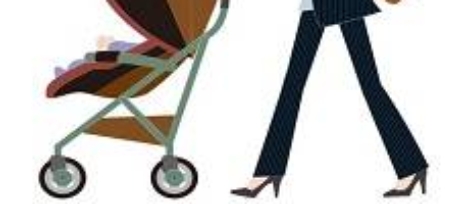
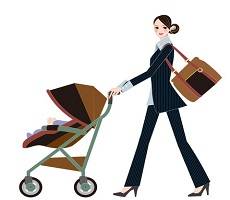

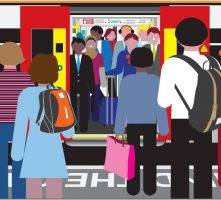



 A series of reports published in the past few days highlight the challenges faced by Britain’s disabled workers. The studies claim separately that disabled workers are keen to work but are less likely to be in employment and may be hiding disabilities from employers, are paid less when they are in work and that many employers do not feel they are well equipped to deal with the needs of disabled staff. The first study from Reed in Partnership and Disability Rights UK found that one in ten employers do not feel able to support a disabled employee. Meanwhile research from the Equality and Human Rights Commission (EHRC) found that employees who experience mental ill-health earn up to 42 per cent less than colleagues. A third report from Citizen’s Advice found that 40 percent of disabled people would like to work but can’t find a job. And finally a report from RIDI claims that many people applying for jobs may be hiding their disability from employers.
A series of reports published in the past few days highlight the challenges faced by Britain’s disabled workers. The studies claim separately that disabled workers are keen to work but are less likely to be in employment and may be hiding disabilities from employers, are paid less when they are in work and that many employers do not feel they are well equipped to deal with the needs of disabled staff. The first study from Reed in Partnership and Disability Rights UK found that one in ten employers do not feel able to support a disabled employee. Meanwhile research from the Equality and Human Rights Commission (EHRC) found that employees who experience mental ill-health earn up to 42 per cent less than colleagues. A third report from Citizen’s Advice found that 40 percent of disabled people would like to work but can’t find a job. And finally a report from RIDI claims that many people applying for jobs may be hiding their disability from employers.




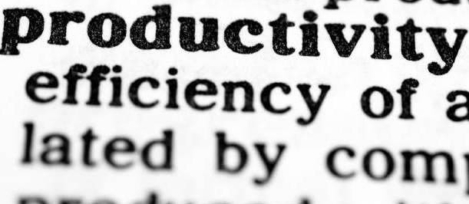
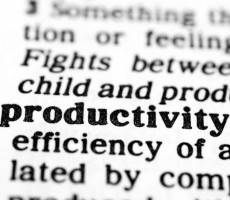










November 25, 2016
Reducing paper-weight is the key to maintaining a healthy business in the digital age 0
by Chas Moloney • Comment, Technology
(more…)